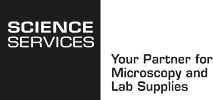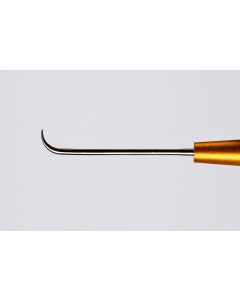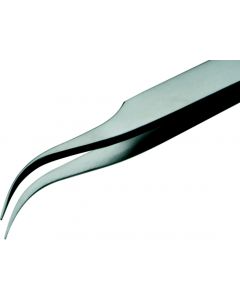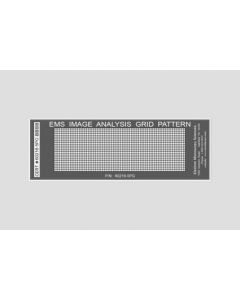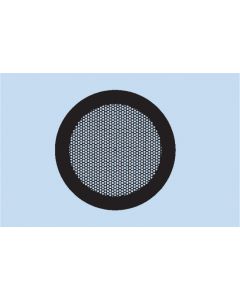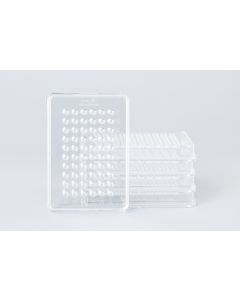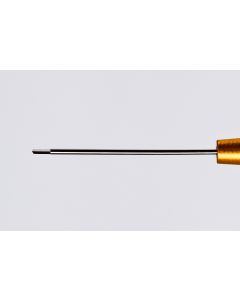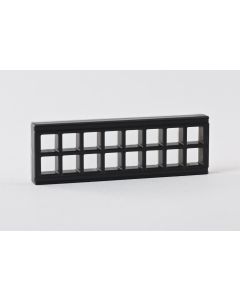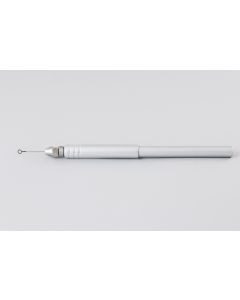Styrene Monomer Polyester, Kit
E14650
Very low viscosity; monomeric styrene which penetrates rapidly into the tissues. It is soluble in ethanol and acetone. The infiltration and embedding can be done by styrene alone, and there is no need to dilute it with solvents. Polymerization can be done either by UV light (340-400nm) or heat (60°C) within 2-3 days without benzoyl peroxide added; 24 hours with 1% benzoyl peroxide added as a catalyst.
Product Details
Description
Delamater et al., (1971) Pro. 29th Ann. Meet. EMSA, p. 488. Claitor's Pub. Div., Baton Rouge, La.
Kushida, H. (1962b) J. Electron Microsc., 11:128
Kushida, H. (1961a) J. Electron Microsc., 10:16
Styrene Monomer is very low in viscosity and penetrates rapidly into tissue. It is soluble in ethanol and acetone. However, infiltration and embedding can be done by styrene alone, and there is no need to dilute it with solvents. The specimens are dehydrated in ethanol or acetone and then in styrene-two changes of 30 minutes each is standard.
Mixture 1 (DeLamater et al., 1971)
| Monomeric Styrene | 10g |
| Methyl Ethyl Ketone (UV Initiator) | 0.4g |
| Dibutyl Phthalate (Plasticizer) | 0.15g |
Polymerization can be achieved either by UV light or in an oven at 60°C for 2-3 days in sealed capsules.
Mixture 2 (Kushida, 1982b)
| Monomeric Styrene | 3g |
| n-Butyl methacrylate | 7g |
| Benzoyl Peroxide (Catalyst) | 0.1g (1%) |
Polymerization can be achieved by UV light or in an oven at 60°C for 24 hours in sealed capsules.
Expect blocks to shrink approximately 17% due to the nature of a monomeric styrene.
More Information
| Application |
TEM
|
|---|---|
| Base |
Styrene/Polyester
|
| Mandatory sign |
Tightly sealed goggles

Protective gloves

|
| Signal word |
Danger
|
| Symbol GHS |
GHS02
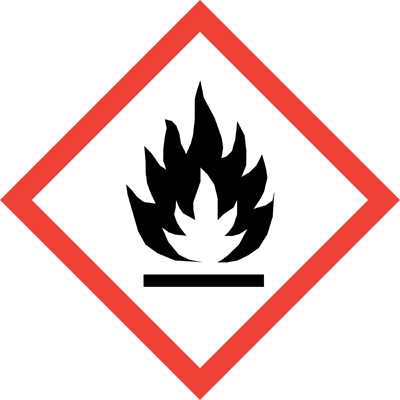
GHS07
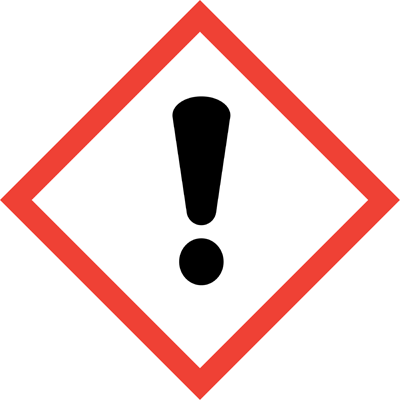
|
| Hazard statements |
H226
H315
H319
H332
H361d
H372
|
| Precautionary statements |
P210
P303_361_353
P305_351_338
P405
P501
|
| Packing Unit | kit |
| Shipping Class |
Hazardous Good LQ
|
| Storage Temperature |
RT
|
| Manufacturer |
EMS
|
| SDS (multilingual) | E14650 |
